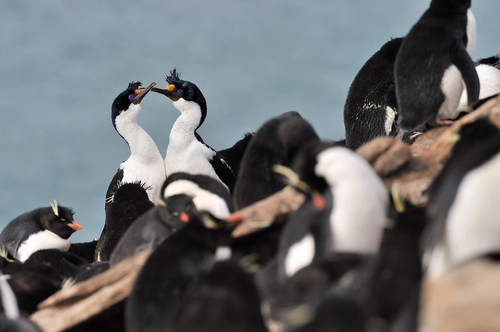Name: South Georgia pintail
Height: 43 - 66 cm (17 - 26 inches)
Weight: 460 - 660 grams (1 - 1.5 pounds)
Conservation status: Not globally threatened
Diet: Waterside grasses, algae, shrimp, clams, snails, seal carrion
Appearance: Gray and brown mottled plumage, dark green head, pointy tail, yellow bill
How do South Georgia pintails feed?
South Georgia pintails are omnivorous, foraging along shores, diving for shrimp or clams, and sometimes feeding on small animal carcasses like seals.

South Georgia pintail social behavior
They are usually found in small flocks of up to a hundred during the non-breeding season.
What is the South Georgia pintail mating ritual?
Breeding starts around six years of age, from late October to early March. They form long-term pair bonds, nesting on the ground in tussock grass areas. They lay up to five eggs near water. Males help feed chicks but do not incubate.
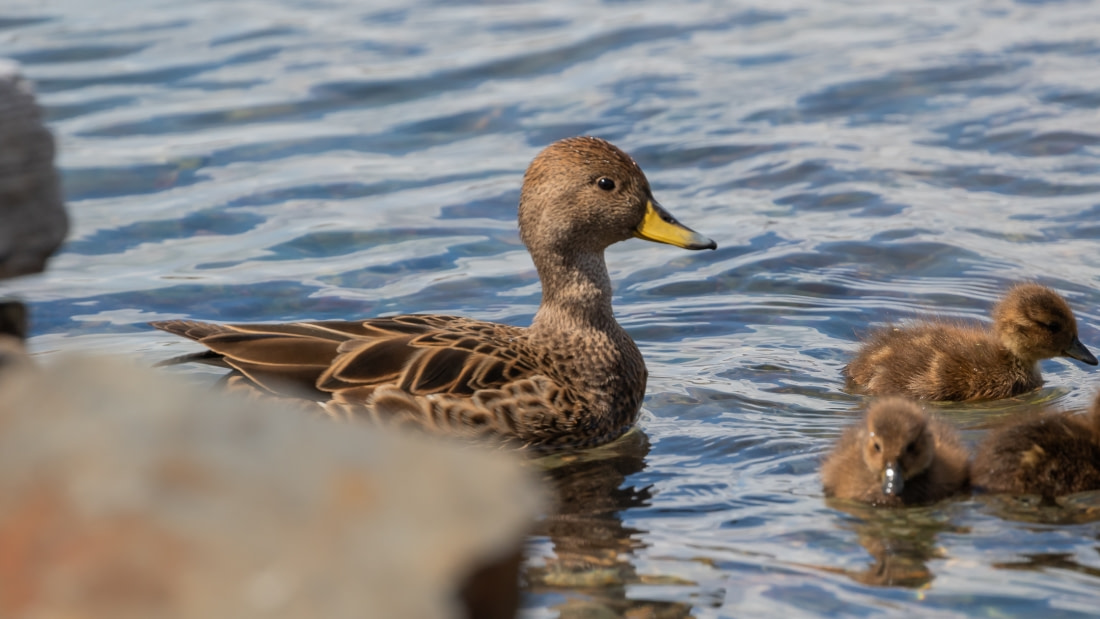
South Georgia pintail average lifespan
Pintails generally live up to 22 years in the wild, though specific data on South Georgia pintails is limited.
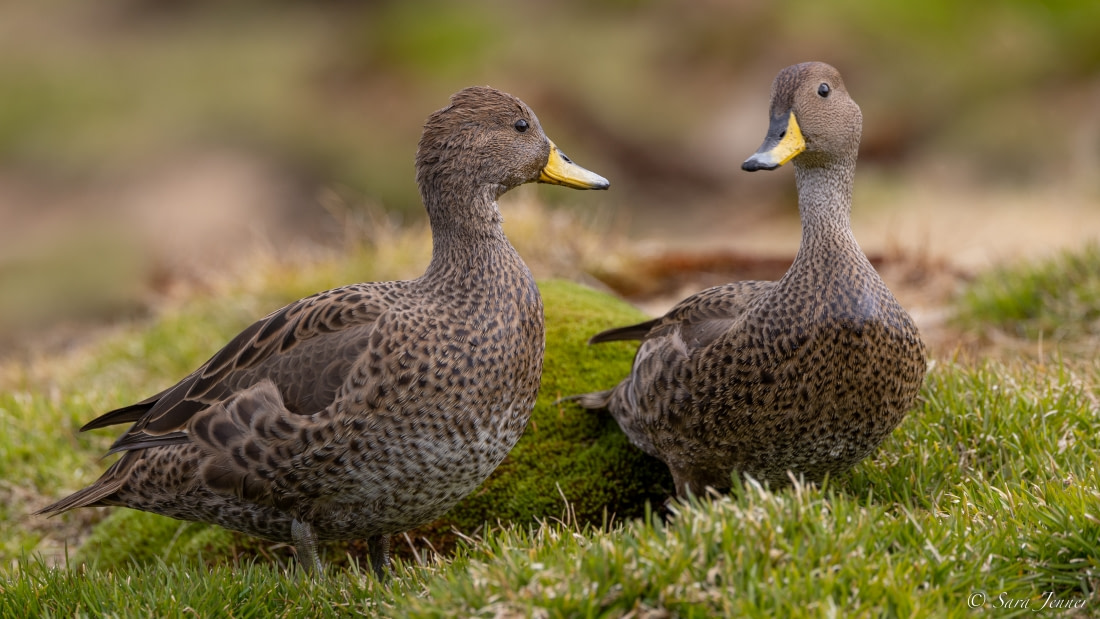
How many South Georgia pintails are there?
There are about 1,000 pairs, which is likely the maximum population given current habitat conditions.
South Georgia pintail predators
Human hunting is no longer a threat, and the eradication of brown rats in 2018 removed a major threat to eggs and chicks. However, they are still preyed upon by birds like brown skuas and occasionally by leopard seals.
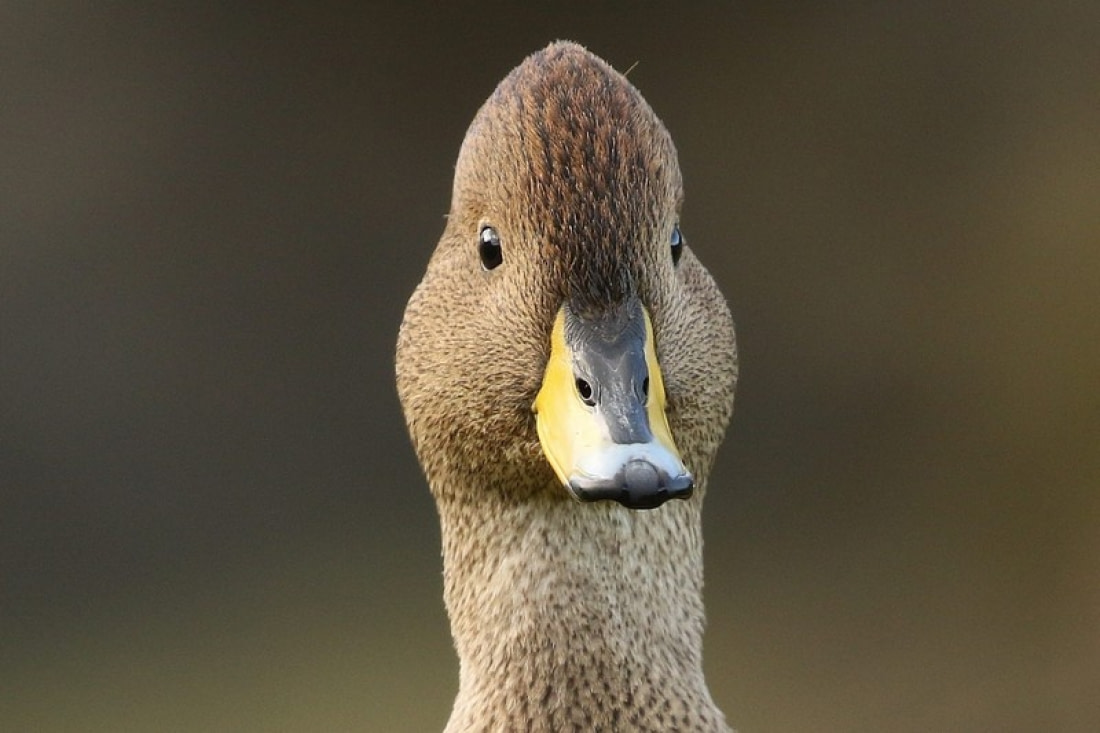
Five last-minute South Georgia pintail facts
- Males make a shrill whistling call or soft, gurgling quack; females give a creaky decrescendo call similar to northern pintails
- Once common in the coastal belt of South Georgia, pintails were nearly hunted into extinction until whaling stations closed
- When delivering food to their young, they often land some distance from their nests and creep toward them to avoid predators
- Often confused with yellow-billed teals, they were once thought to be more akin to teals and are still sometimes called South Georgia teals
- James Cook noted them during his first recorded landing on South Georgia in January 1775


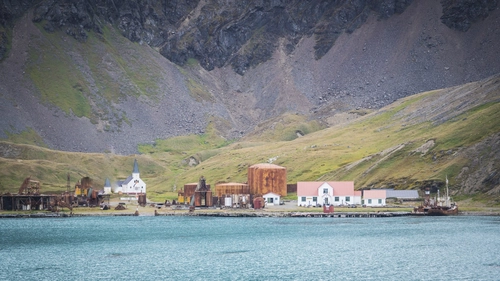

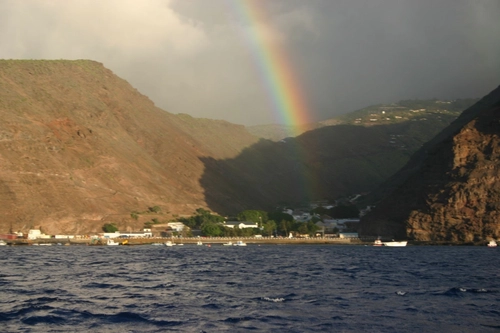

Related Trips


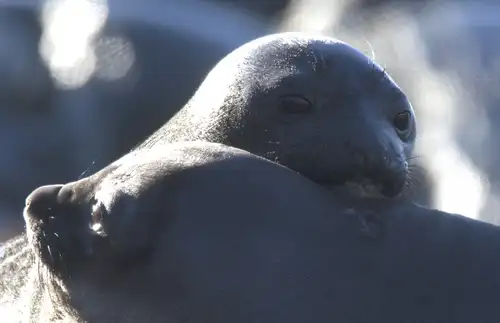
South Georgia in Spring
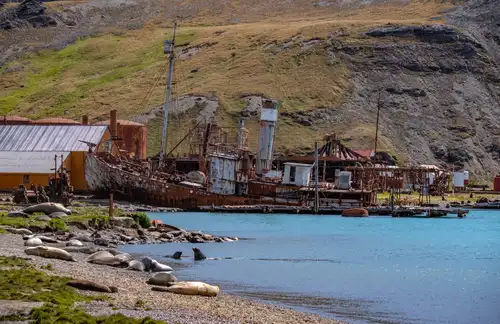
South Georgia Whaling Stations
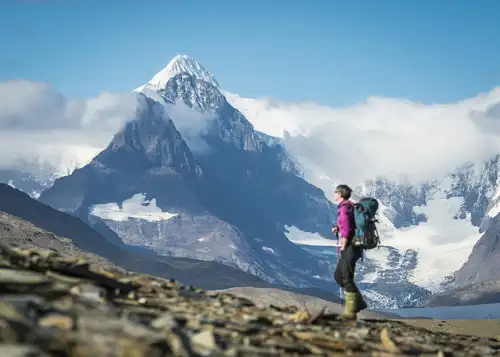
Path of Polar Heroes: Hiking Shackleton’s Historic Route
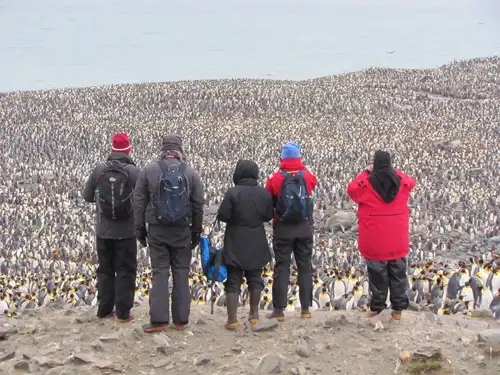
Scenes from St. Andrews Bay: 12 Pics of Penguins, Seals, and More
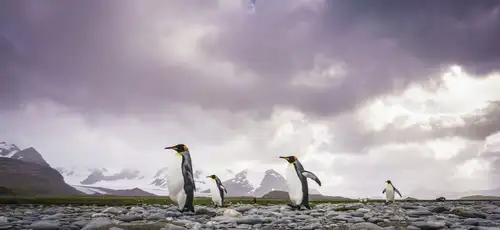
Penguins, Albatrosses, Petrels: The Winged Wildlife of South Georgia
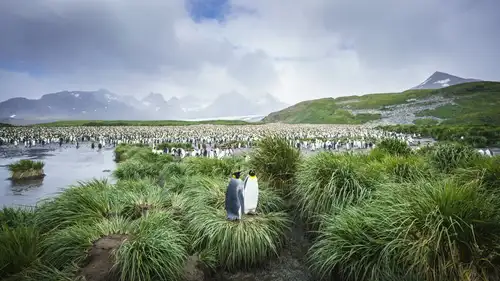
The South Georgia Seven: Hikes, Fjords, Whales, & Penguins




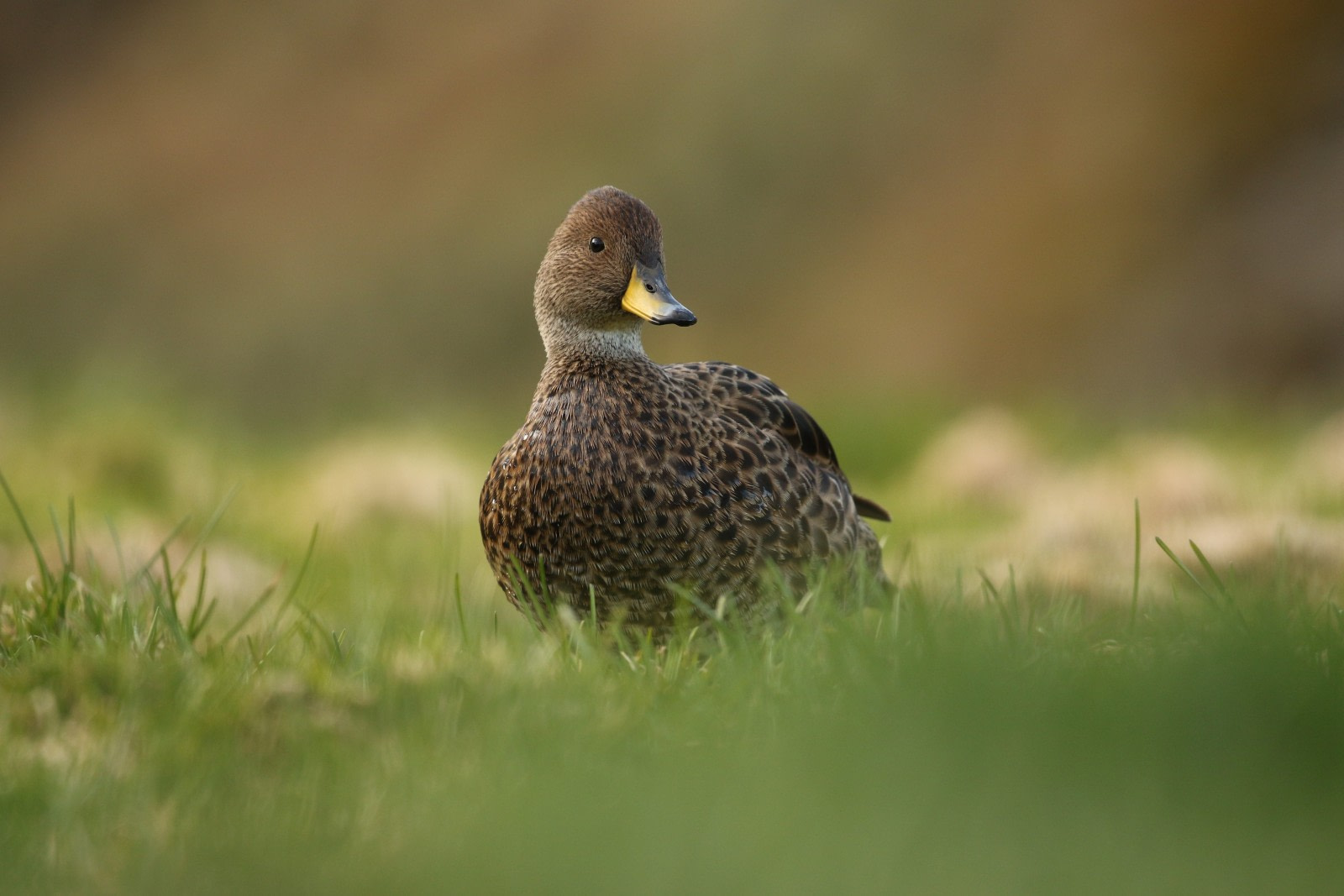

 19 Days / 18 Nights
19 Days / 18 Nights


